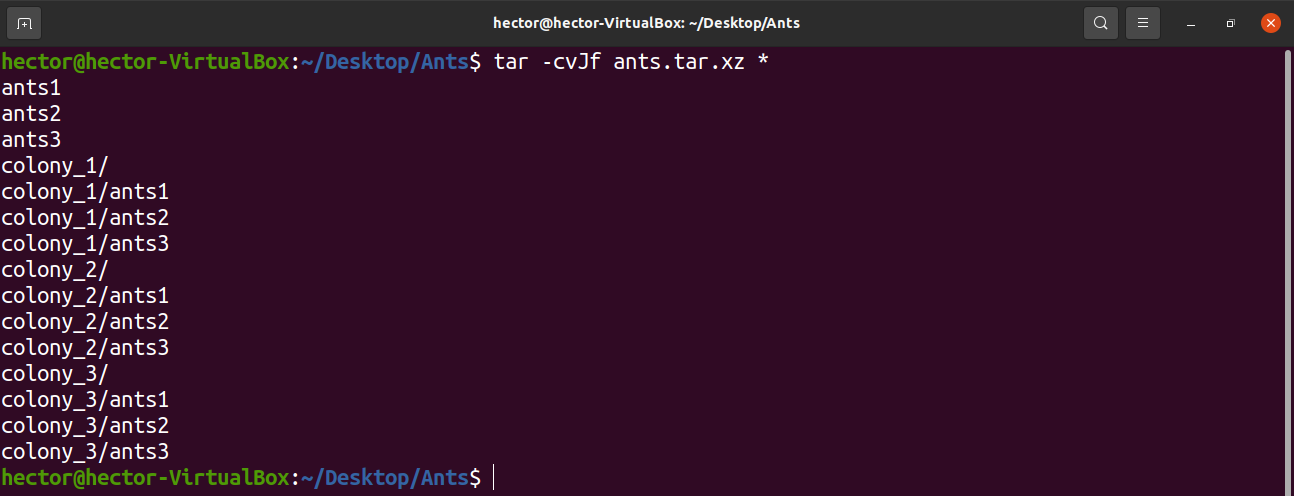

#Untar xz file archive#
To extract a tar.gz file, use the -extract ( -x) option and specify the archive file name after the f option: tar -xf Most Linux distributions and macOS comes with tar command pre-installed by default.
#Untar xz file how to#
In this tutorial, we will show you how to extract (or unzip) tar.gz and tgz archives. The tar command can also be used to extract tar archives, display a list of the files included in the archive, add additional files to an existing archive, as well as various other kinds of operations. By convention, the name of a tar archive compressed with gzip should end with either. Is the most popular algorithm for compressing tar files. Tar was originally designed for creating archives to store files on magnetic tape which is why it has its name “ Tape ARchive”. It supports a vast range of compression programs such as gzip, bzip2, lzip, lzma, lzop, xz and compress. The tar command is used to create tar archives by converting a group of files into an archive.
#Untar xz file download#
Open-source packages are generally available to download in. The -J option tells tar that the file is compressed with xz.If you are roaming the open-source world, chances are you encounter. When extracting a compressed tar.xz file by reading the archive from standard input (usually through piping), you must specify the decompression option. png, you would use: tar -xf -wildcards '*.png' Extracting tar.xz File from stdin # The pattern must be quoted to prevent the shell from interpreting it.įor example, to extract only the files whose names end in. The -wildcards option allows you to extract files from a tar.xz file based on a wildcard pattern. Tar: Exiting with failure status due to previous errors If you try to extract a file that doesn’t exist in the archive, an error message similar to the following will be shown: tar -xf README tar: README: Not found in archive When extracting files, you must provide their exact names including the path, as printed when the tar is invoked with the -list ( -t) option.Įxtracting one or more directories from an archive is the same as extracting multiple files: tar -xf dir1 dir2


To extract a specific file(s) from a tar.xz file, append a space-separated list of file names to be extracted after the archive name: tar -xf file1 file2 The following example shows how to extract the archive contents to the /home/linuxize/files directory: tar -xf -C /home/linuxize/files Extracting Specific Files from a tar.xz File # To extract archive files in a specific directory, use the -directory ( -C). tar -xvf īy default, tar extracts the archive contents in the current working directory This option tells tar to display the names of the files being extracted on the terminal.
#Untar xz file windows#
Windows users need a tool named 7zipįor more verbose output, use the -v option. To extract (unzip) a tar.xz file simply right-click the file you want to extract and select “Extract”. If the command-line is not your thing, you can use the GUI File manager. The same command can be used to extract tar archives compressed with other algorithms, such as. Tar auto-detects compression type and extracts the archive. To extract a tar.xz file, invoke the tar command with the -extract ( -x) option and specify the archive file name after the -f option: tar -xf The tar utility is pre-installed by default on all Linux distributions and macOS. This article explains how to use the tar command to extract (or unzip). By convention, the name of a tar archive compressed with xz ends with either. Xz is a popular algorithm for compressing files based on the LZMA algorithm. The tar command allows you to create and extract tar archives.


 0 kommentar(er)
0 kommentar(er)
